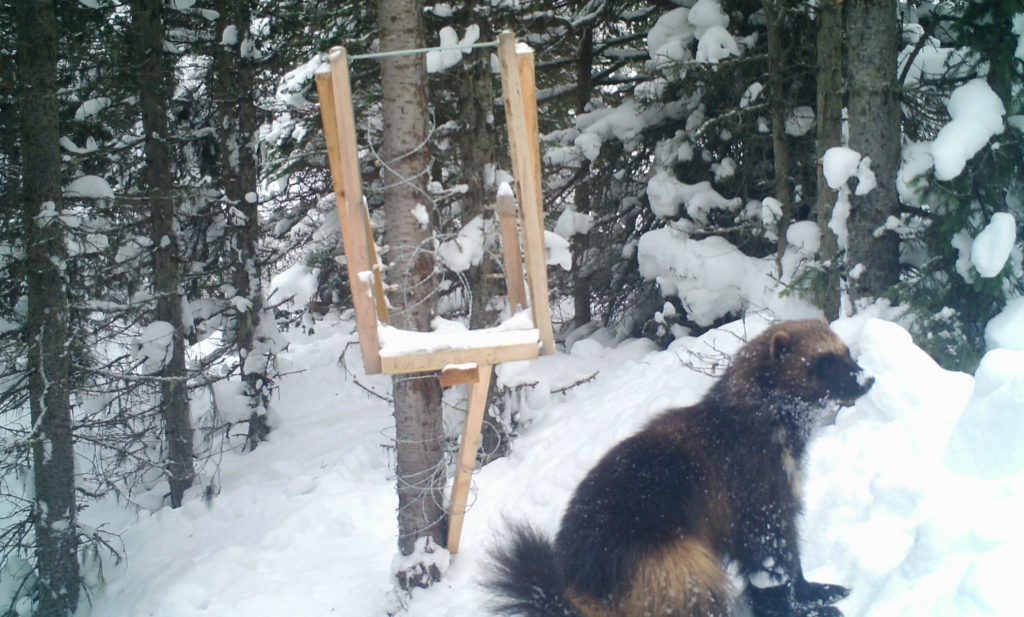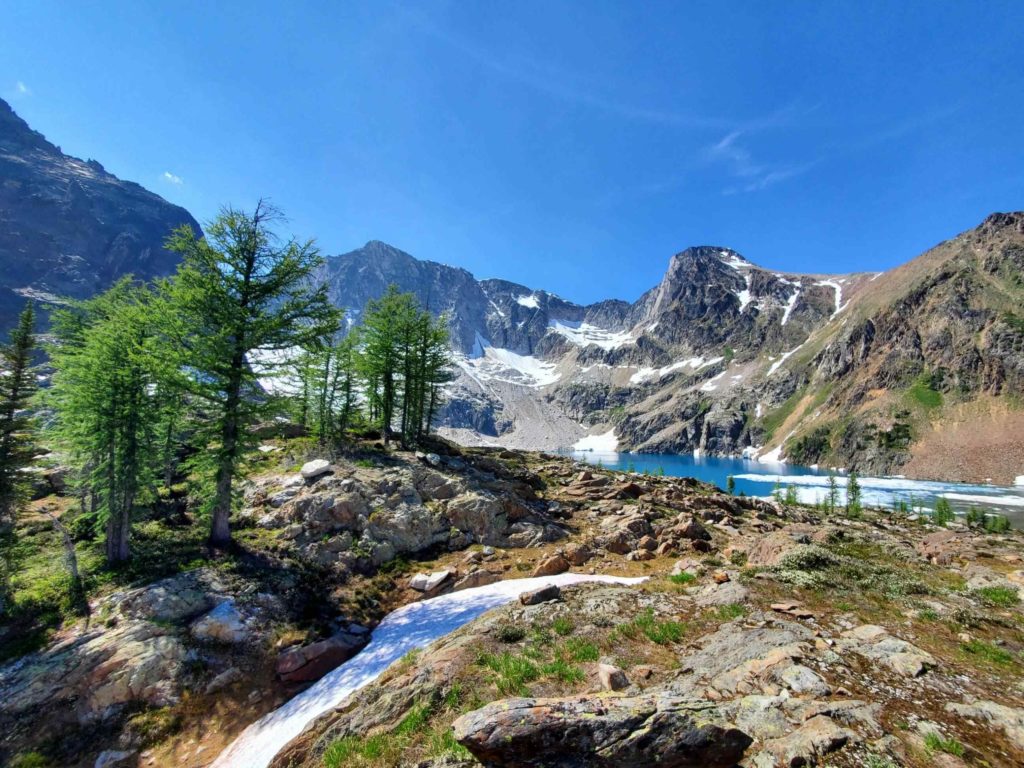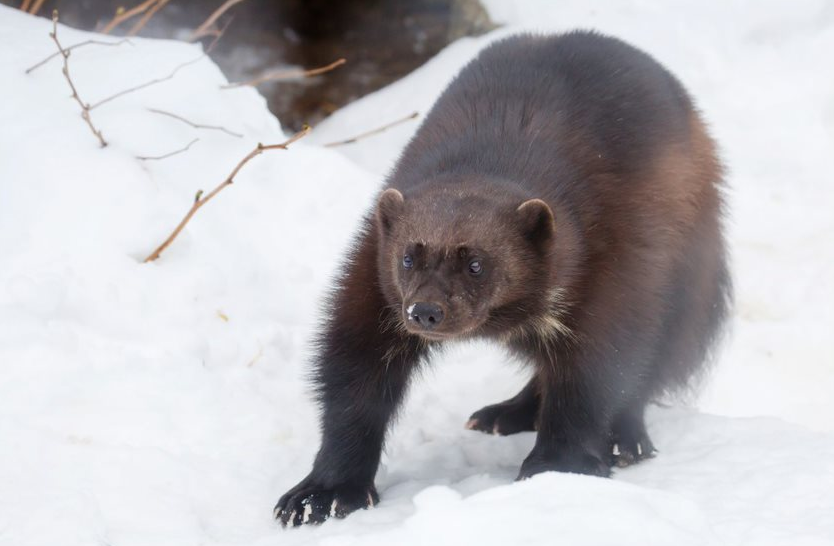A new study shows substantial drop in wolverine numbers in western Canada
New research shows wolverine numbers in Canada’s Rocky Mountain national parks are declining, highlighting a need to think beyond protected areas to help the species thrive in a changing climate.
Published Monday, the new study includes a decade of research in and around Banff, Yoho and Kootenay National Parks. Lead researcher Mirjam Barrueto, PhD candidate at the University of Calgary, collaborated with Parks Canada researchers and used photos and DNA samples of wolverines to study protection status, human disturbance, snow cover and trapping.
Even in the relative safety of parks, wolverine numbers are diminishing — 39 percent overall since 2011, or an average decrease of 7.5 percent annually.
Population density is higher inside the park borders, but numbers are dropping in both locations. The decline is likely related to high trapping rates just outside park boundaries, the impacts of people recreating in the parks, and climate change.
“Our findings are sobering and do not paint a pretty picture for the future of wolverines. Still, I am optimistic this work will be used to make strong science-based management decisions for these tough carnivores,” says Barrueto.
“Parks and protected areas alone are not enough for species to do well. Improving, not just maintaining, connectivity in and out of park borders will be the key to help wolverines in the coming decades,” says Dr. Jodi Hilty, president and chief scientist at Yellowstone to Yukon Conservation Initiative, one funder of the study.
“This is a worrying trend. Effective conservation needs to look at multiple effects and across broad scales and borders given the rapidly changing landscape and human activities.”

Wolverines are resilient, yet sensitive to human disturbance and prefer deep snow to raise their kits, to keep them warm and safe from predators. This makes them vulnerable to a changing climate.
With large home ranges and sparse distribution, this solitary species is difficult to study. This is but one reason they are listed under Canada’s the Species at Risk Act as “special concern.”
In Alberta, wolverines do not have any special status and were considered data deficient, and this study provides such critical information. This study is the first in Canada to study population trends and adds to a growing body of science showing what wolverines need to thrive.

Located in the heart of the Yellowstone to Yukon region, the Canadian Rocky Mountain national parks are still home to large wildlife present at the ice age, including elk, wolves, grizzly bears and wolverines.
Keeping this area intact and ensuring wildlife thrive is key to warding off the worst effects of climate change, when wildlife will need to adapt when and where they find food or habitat.
Read the paper published in Scientific Reports on Oct. 24, 2022: Protection status, human disturbance, snow cover and trapping drive density of a declining wolverine population in the Canadian Rocky Mountains.


